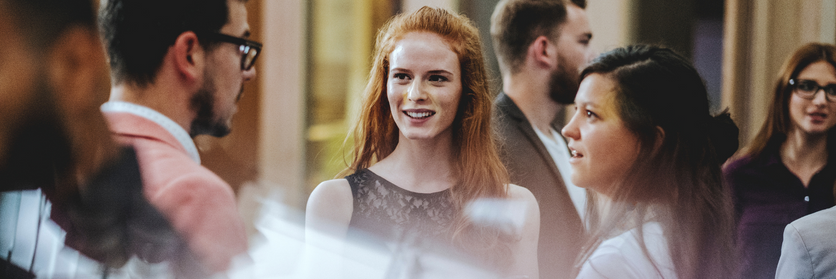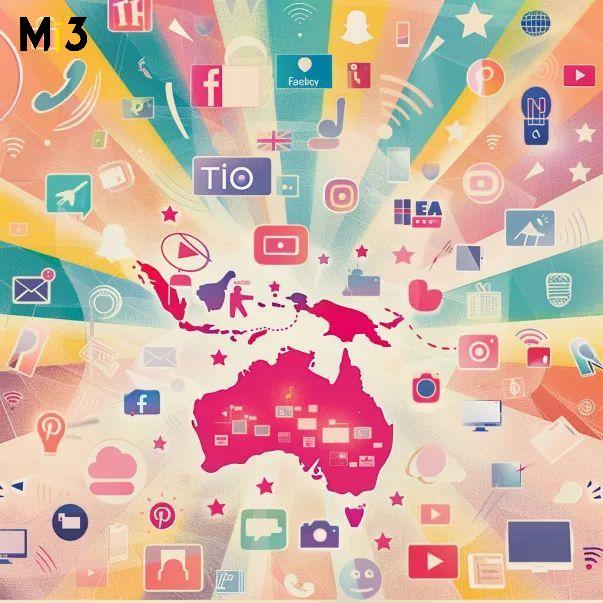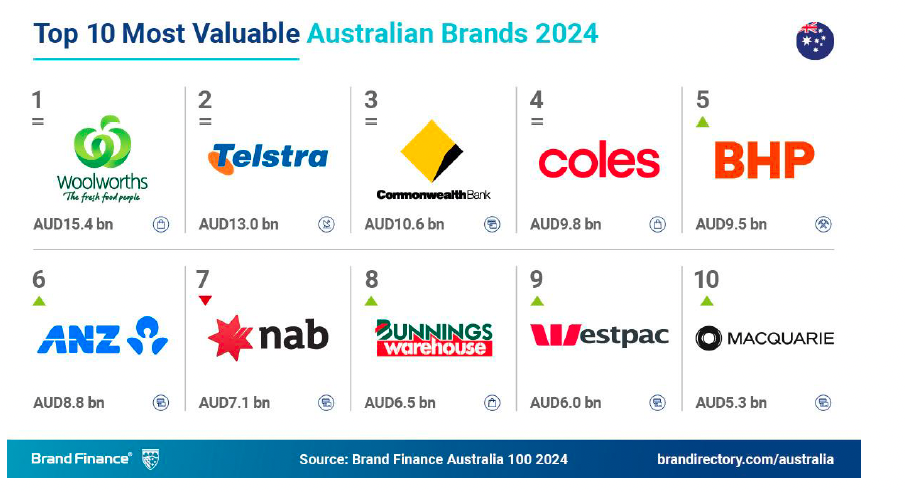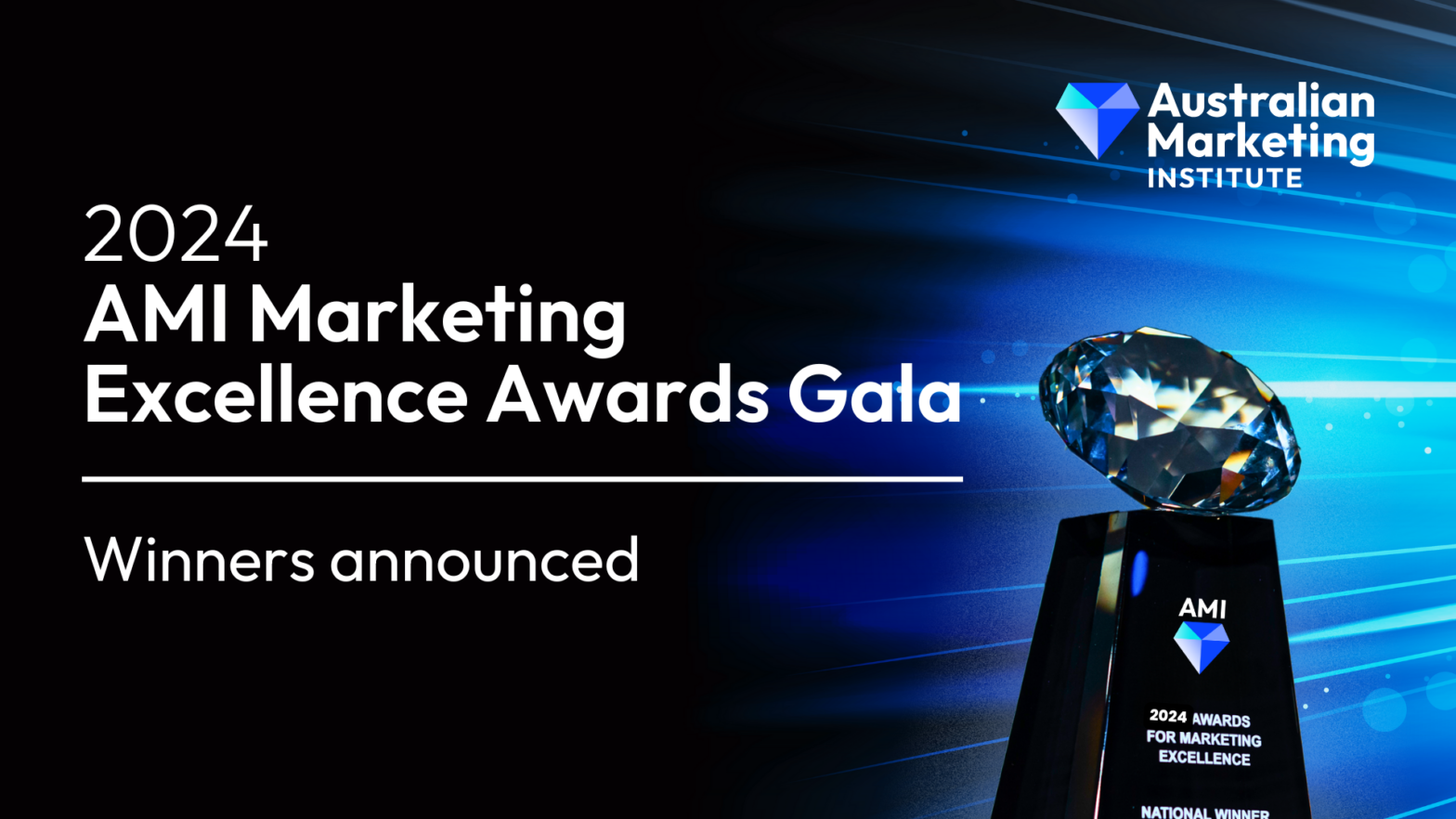‘We’re coming to the end of the beginning with AI’: Telstra digital chief, Amazon, Auto & General top marketers notch single-digit productivity gains, but urge industry to seek bigger growth leaps
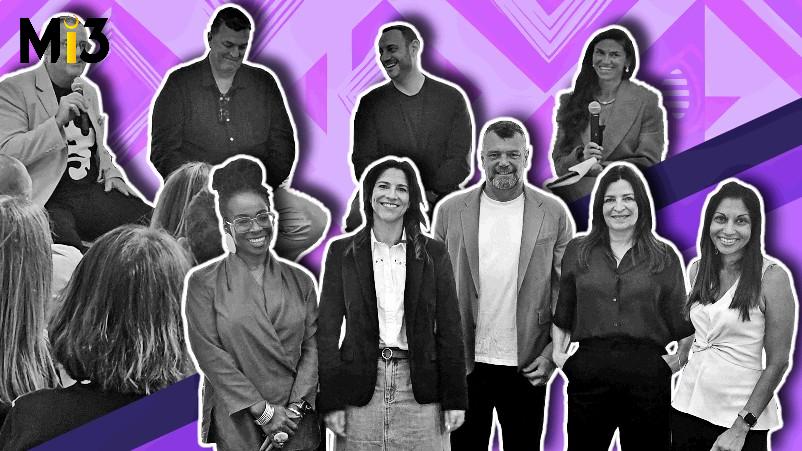
You cannot go into a session at this week’s SXSW Sydney without copping an earful about AI – the positives, the negatives, how it’s killing off industry jobs or evolving / making new ones, how it could fuel more creativity, and how it’s equally creating a new era of ‘AI slop’. It’s a fierce battle creatives and marketers are now in with the machines, all agree – and speakers exhibit various levels of pessimism and optimism as they sey it. High-falutin platitudes on what AI will and won’t do have also peppered panels, as have the pleas to keep the humans first whatever the possibilities of tech. There’s even been a warning not to leave our childrens’ future mental cognitive capabilities in the hands of people like Elon Musk and the Open AI tech juggernauts who we wouldn’t trust to leave our kids alone with physically (per AKQA’s chief creative officer, Tara McKenty).
But amidst all that noise, several marketers and agency executives have been sharing how they’re striving to make AI work for them now. What all exhibit is growing realisation that they’re only just cooking the entrée of the desired three-course meal. The first course might be productivity / time gains, but the main meal recipe is much meatier: Using AI to deliver growth.
We're pretty much just doing things faster. We’re doing exactly the same stuff we did before, we're just doing it quicker. We've reached that point now on a couple of things such as on our content supply chain, and how we make actual content, how we are organised, and now need to look at how we think about it, and actually really rethink that now. Because I think we've maxed out this first part, we're coming to the end of the beginning. Now we need to get on to the next bit. And I think the next bit's really hard.
Telstra’s Jeremy Nicholas: The end of the beginning
Speaking on an ‘AI living with intelligence’ panel in the Accenture lounge at SxSW Sydney, Telstra digital channels and loyalty executive, Jeremy Nicholas described the current status of AI adoption across his teams as “coming to the beginning of the end” of that first round of change. So far, it’s been a story largely about incremental productivity gains.
“Working in a big corporate, like Telstra – and I worked at Visa prior to this as well – we’re really good at creating work,” Nicholas said. “With AI, we’re just better and faster at doing the same things we were doing before. We’ve improved our productivity – in my team it’s by about 8 to 10 per cent – by the application of AI tools.
“But we’re pretty much just doing things faster. We’re doing exactly the same stuff we did before, we’re just doing it quicker. We’ve reached that point now on a couple of things such as on our content supply chain, and how we make actual content, how we are organised, and now need to look at how we think about it, and what actually really rethink that now. Because I think we’ve maxed out this first part, we’re coming to the end of the beginning. Now we need to get on to the next bit. And I think the next bit’s really hard.”
For Nicholas, the hard bit is the people and culture change and working all that stuff through. Telstra’s digital and loyalty team includes those building the apps, websites, engineering and user/ experience teams.
“How we’re organised, what are the new roles? Who does what? What don’t we need? Who do we need to hire? I can see it really now in the digital channel,” Nicholas continued. “We’re at that cusp. I think that’s where we can actually move our productivity from say 8-10 per cent improvement to 30 to 40 per cent improvement on where we’re at. I can see that opportunity in front of us.”
Panel moderator, Accenture Song ANZ lead Bronwyn van der Merwe, cited research by MIT showing a J curve with the implementation of AI. That’s creating a ‘productivity paradox’ with short-term productivity losses a necessary part of finding the longer-term gains. MIT researchers found organisations that adopted AI for business functions saw a drop in productivity of 1.33 percentage points. When correcting for selection bias – organisations that expect higher returns are more likely to be early AI adopters – the short-run negative impact came in at about 60 percentage points.
“It actually slows organisations down initially because of exactly that: We have to reimagine entire work process, we have to put in place this new tooling, then we actually have to learn how to use it – we have to be beginners again and we actually have to train that AI,” said van der Merwe. “So initially, things get a bit harder because it feels a bit clunky, it’s new. Then we actually start to see this uptick in terms of efficiency and productivity.”
Nicholas could see it getting better for Telstra’s people long-term. “It’s taking away low-value work, which they’re spending a lot of time doing in digital teams,” he said. “Instead, we can now think about how do we create more emotional engagement through our loyalty program beyond point? How do we actually think about new creative ideas for our technology that we’re never ever getting exactly to what you were saying? We’re just not getting to that today because we’re too busy doing little things. But we need to make that shift – we have a big leap in front of us.”
Nicholas’ experience is backed up by data presented by Canva’s AI marketing lead, Jackie Hill, during a session in the SxsW Publicis lounge: 85 per cent of 2400 marketers surveyed said they were using gen AI every week. However, proving business value to budget holders to get the ongoing budget to support AI upskilling and long-term deployment is lacking: Only 52 per cent of marketers surveyed said they provide AI impact on growth not just on speed.
In a separate panel session, Nicholas detailed some of the AI wins at Telstra thus far supporting employees while also lifting customer experiences. One is in the call centre. Previously, agents would have to manually take notes on a long call with a customer in a high-risk environment, such as connecting an oxygen machine to the network.
“Now calls are recorded, automatically summarised, and at end of call, the agent can push that back to customer, check if it’s a good representation of what was talked about. That’s the accuracy part, which is critical, as it’s lowering amount of human error,” Nicholas said. “Where it’s more profound from a brand and CX / EX perspective is all I have to do as the agent taking the call is listen to the other person at end of the line. They don’t worry about writing it down. They focus on eliciting the information and solving the problem.”
We have mechanisms which we use to understand what customers are doing and how they are interacting with us. But interestingly, and I think this still remains true today, even with the speed of AI adoption, sometimes the data can be wrong. The human anecdote often wins.
Amazon’s Arno Lenior: Listen to the human anecdote and not fearing your own job demise
Speaking on another Accenture Song-run panel later in the day, Amazon CMO, Arno Lenior said AI was playing an incremental role in existing ways Amazon leverages data to understand and respond to customers and engagement opportunities. But human insight was still core in the process.
“We have mechanisms which we use to understand what customers are doing and how they are interacting with us. But interestingly, and I think this still remains true today, even with the speed of AI adoption, sometimes the data can be wrong,” Lenior told attendees. “The human anecdote often wins. So for instance, in some of our mechanisms, there might be a bunch of signals saying everything is right over here, but there might be a human that says, actually, it’s something wrong over here. And we’ll listen to the human anecdote, which often leads to us uncovering there’s an issue somewhere else. It’s having the right mechanisms and interventions to course correct.”
When it comes to how AI impacts brand and the level of reinvention marketers need to instigate, Lenior believed brand experience is now more important than ever. “Because choice will proliferate, and it’ll proliferate at scale,” he continued.
“For marketers in particular, the lesson here is that some of the fundamentals remain true, but they probably are going to need to be put in the forefront of planning and of decision making in terms of what the role of the brand is, the purpose all those sorts of things, and making sure they get articulated in probably a new way.”
As a digital-first company, it’s not surprising Amazon has adopted AI, and it continues to evolve and adopt new AI models as they crop up. “For us, it’s about making sure we’re using it in the right way, and looking for opportunities to either get better at something or create something new,” Lenior said. Getting to insights more quickly is another win he cited from AI.
Lenior also said he’s stopped worrying about whether AI is going to take his job over the past year. “I just think you got to get on-board and use this thing,” he added. “Mo [Gawdat, software engineer, entrepreneur and former chief business officer of GoogleX] says it gives you an extra 40 IQ points. I’ll take that any day of the week.
“So I’ve started doing a lot more with AI; I’ve started collaborating. Before this session, I was asking chatGPT about some of the topics we were going to talk about on this panel. Now I didn’t agree with them, but it actually helped me formulate my own points of view on certain things.”
We've got some ideas about how we can use it to optimise what we're doing, but first of all, it's getting the ways of working in place to leverage what's coming through. I don't want anybody to disrupt me. I'm going to disrupt myself.
Auto & General’s Jonathan Kerr: We’ll use AI to disrupt ourselves
Speaking to the gains side of using AI for customer engagement, fellow panellist, Auto & General (A&G) chief growth officer, Jonathan Kerr, pointed to Budget Direct’s virtual assessment tool, which uses machines to undertake visual scans of a car via the mobile phone, so those making claims can tackle the process at home instead of taking their vehicle to an assessor.
“What doesn’t change is you’re dealing with humans at the end, and so you’re trying to pick problems that really matter to them and fix them,” said Kerr. “Sometimes, instead of chasing the innovation for innovation’s sake, it’s working out the problems you can fix, then what is the best solution… there’s a lot of tech behind that, but the fact we didn’t disrupt your day is probably the highly valuable piece. That’s how I think the brand comes to life.”
Like Lenior and Nicholas, Kerr believes brands are on the cusp of revolution with AI, and haven’t quite grasped just how significant the disruption will be. “It’s always the case with tech revolution: You think it’s going to arrive, and then when it really arrives, it’s bigger than you thought it was ever going to be,” he commented.
“This is my 20th year in the gig, so you have to ask yourself, are you ready to go again? We run creative in-house, as a team of 120 people, and I started the year by saying, well, are we going to disrupt ourselves, or are we going to let the whole world disrupt us? What I then said was, let’s work out ways of working to make sure we’re leveraging the new capabilities that become available. But I wouldn’t overstate how quickly they’re coming through.”
Solid, time saving gains on tasks such as document compare is one example already in play. A more novel example of AI in practice is ingesting content from thought leaders around the world, then turning those into personas A&G marketers can have conversations with about what they think of the work.
“That is both incredible and kind of scary, because you can put some of the great authors of the world in a box in a little way,” Kerr continued. “What a conversation like that does is become the greatest cure for writers block I’ve ever encountered when I’m just messing around, coming up with a new campaign that we’re putting together in the sports sponsorship, or trying to come up with something new, and I can’t come up with anything new … But it’s not replacing anything at the moment, it’s just making the process a bit better.”
Budget Direct also hasn’t yet brought AI into producing the creative itself – Kerr’s convinced that’s at least 12 months away for his team.
“If you’ve got quite a high bar in your creative output, which we do with Budget Direct – we do some pretty premium style ads above the line – and you have a character-led story, you have to be very careful with what you’ll let AI do – yet,” said Kerr. “We’ve got some ideas about how we can use it to optimise what we’re doing, but first of all, it’s getting the ways of working in place to leverage what’s coming through. I don’t want anybody to disrupt me. I’m going to disrupt myself.”
Where AI can help is in validation and iteration. Kerr doesn’t believe in pre-testing creative and hasn’t in the last 10 years of writing the Budget Direct brand campaign story.
“When we make these TVCs, you get stuck with what you’ve got – you put everything in. That sets you up. And you’ve got your 45, your 30,15-second and we make about three or four different vignettes as well. What AI is giving us is the opportunity to iterate and find the best outcome early,” he explained.
“What we’ve been seeing in some of our suite of our ads is the one I thought was the best ad, is not the best ad. The thing that’s so interesting is we’re running 14 channels now to try and take that campaign through. AI gives you opportunity there. You couldn’t afford to iterate enough. Now I’m not a big believer in micro targeting; we’re in the big paint area. But I still think you can take your ad and make sure you’re running the best version. When you start to understand the data that starts to become available and coming back.
“We used to just use watch time on YouTube to diagnose which ad was the most liked. Now, it’s way up to the next level.”

